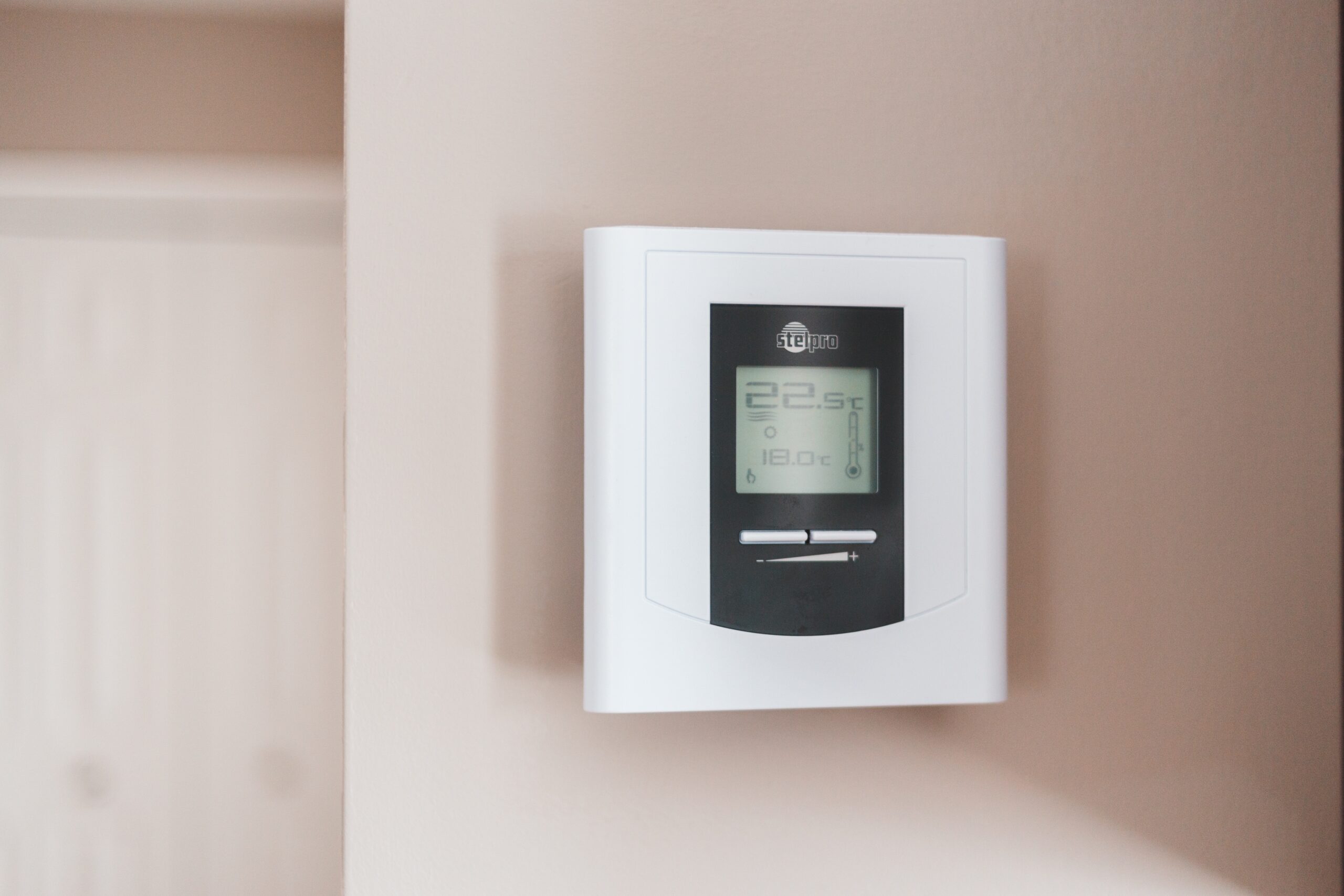The agricultural industry faces numerous challenges, including the need to feed a growing global population, optimize resource utilization, and minimize environmental impact. In recent years, the Internet of Things (IoT) has emerged as a powerful tool in agriculture, offering innovative solutions to enhance efficiency, productivity, and sustainability. This article explores the role of IoT in agriculture, highlighting its benefits, applications, and potential to transform farming practices.
Precision Farming
Sensor Technology and Data Collection:
IoT-enabled sensors and devices collect real-time data on various factors, including soil moisture, temperature, humidity, and crop health. This data is transmitted wirelessly to farmers, enabling precise decision-making and targeted interventions for optimal crop growth and resource management.
Automated Irrigation and Resource Management:

IoT-based irrigation systems use data from sensors to automate watering schedules and optimize water usage based on plant needs. By minimizing water waste and ensuring efficient resource management, farmers can achieve better yields while conserving water resources.
Livestock Monitoring
Remote Animal Health Monitoring:
IoT devices equipped with sensors can monitor livestock health parameters such as body temperature, heart rate, and activity levels. Farmers receive alerts and insights into individual animal health, allowing for early detection of illnesses, improved treatment, and reduced losses.
Tracking and Management:
IoT technology enables real-time tracking of livestock location and behavior. This information helps farmers manage grazing patterns, identify potential issues such as straying or distress, and enhance overall herd management.
Crop Management and Optimization
Automated Crop Monitoring:

IoT-powered devices, such as drones and satellite imagery, provide farmers with accurate and up-to-date information on crop growth, pest infestations, and nutrient deficiencies. This data enables timely interventions, precise application of inputs, and better crop management practices.
Predictive Analytics and Decision Support:
IoT-based analytics platforms process large amounts of data to generate insights and recommendations. Farmers can leverage predictive analytics to make informed decisions about planting, harvesting, pest control, and resource allocation, optimizing yields and reducing costs.
Supply Chain Optimization
Smart Logistics and Inventory Management:
IoT technology enables real-time tracking of produce from farm to market, ensuring efficient logistics and minimizing spoilage. Additionally, IoT-based inventory management systems help farmers monitor stock levels, optimize distribution, and reduce waste.
Quality Control and Traceability:
IoT solutions provide transparency and traceability throughout the supply chain. Sensors and data capture devices monitor environmental conditions during storage and transportation, ensuring the freshness and quality of agricultural products.
Conclusion:
The integration of IoT in agriculture has the potential to revolutionize farming practices, addressing the challenges of efficiency, productivity, and sustainability. Precision farming techniques, livestock monitoring, optimized crop management, and streamlined supply chain processes enhance resource utilization, reduce environmental impact, and improve overall agricultural productivity. As the world’s population continues to grow, harnessing the power of IoT in agriculture will play a vital role in ensuring food security, sustainability, and the efficient utilization of resources in the agricultural sector.
FAQs
How does IoT technology benefit agriculture and farming practices?
Answer: IoT technology benefits agriculture by enabling precision farming techniques, automated irrigation, remote livestock monitoring, and real-time crop management. These advancements optimize resource utilization, improve productivity, and enhance sustainability in farming practices.
How does IoT help in conserving water resources in agriculture?
Answer: IoT-based irrigation systems use data from sensors to automate watering schedules and optimize water usage based on plant needs. By minimizing water waste and ensuring efficient resource management, farmers can conserve water resources while maintaining optimal crop growth.
Can IoT technology help in reducing losses and improving animal health in livestock farming?
Answer: Yes, IoT technology facilitates remote animal health monitoring and real-time tracking of livestock behavior. This enables early detection of illnesses, improved treatment, and better overall herd management, reducing losses and improving animal health in livestock farming.
How does IoT contribute to optimizing crop management and increasing yields?
Answer: IoT devices, such as drones and satellite imagery, provide farmers with real-time data on crop growth, pest infestations, and nutrient deficiencies. This data enables timely interventions, precise application of inputs, and informed decision-making, resulting in optimized crop management and increased yields.
How does IoT technology enhance supply chain processes in agriculture?
Answer: IoT technology improves supply chain processes in agriculture by enabling real-time tracking of produce, efficient logistics, and inventory management. Additionally, IoT-based systems monitor environmental conditions during storage and transportation, ensuring quality control and traceability of agricultural products throughout the supply chain.

